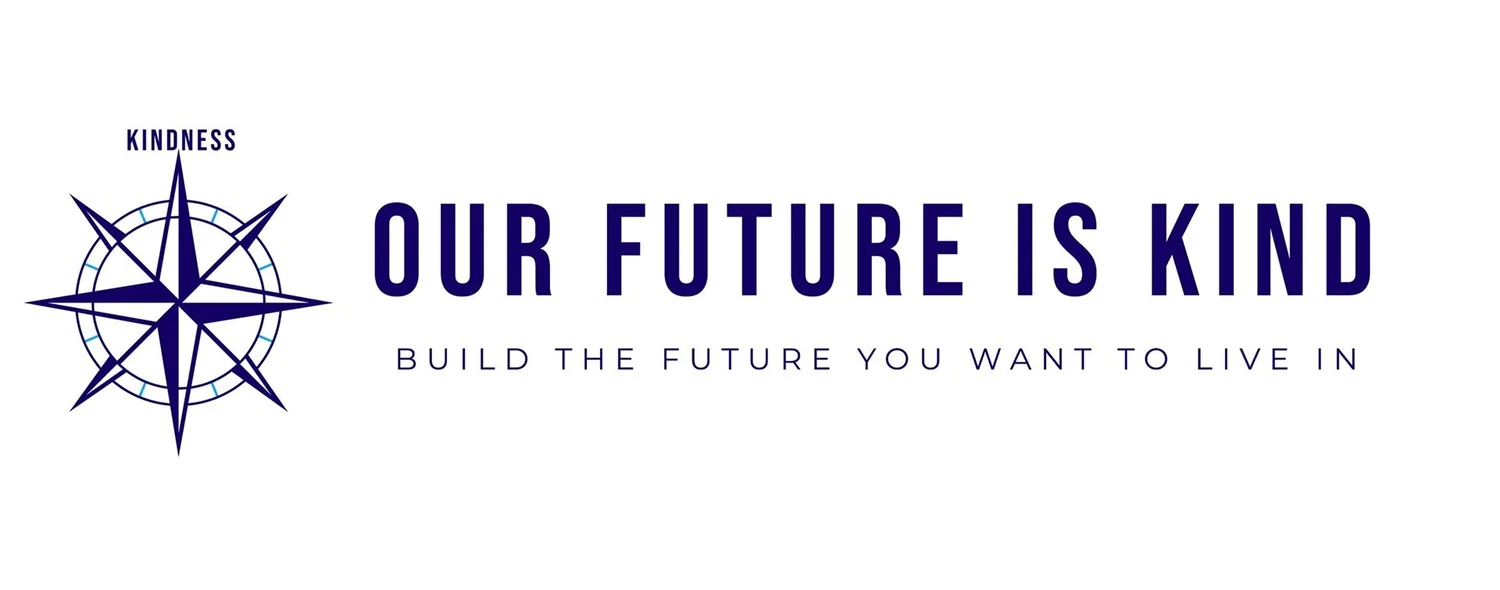The Trust-building Process
Date: October 16. 2024
Written by: Marc Bjørnholt
Writers note: I created this blog post based on my own private thoughts about how children are not necessarily able to voice their needs directly. Opening up about our vulnerabilities takes a lot of trust that most adults don’t even have. For that reason, it’s our job to recognize this and try to build trust.
It’s surprising how often I see people missing the subtle signs of someone asking for help, while the people around them seem to totally miss the sign and thus fail to use this moment to build intimacy and trust. Whether it be within private relationships or within companies, the way that people indirectly ask for help is going to be very different.
The reason for this is that it requires a lot in order for your employee to show true vulnerability and ask for help. It requires that they already feel secure in their environment. If they feel insecure, maybe in the form of imposter syndrome, rejection sensitivity or something similar, they risk feeling humiliated by if they admit that they’re not as perfect as what they’re trying to portray. This truer if they feel that they’re in an unsafe environment.
How insecurities can manifest
If your employees feel that they’re in an unsafe environment, they are not going to say it directly due to fear of potential negative consequences. Instead, you can look at some of these signs in your employees:
• Freeze response – Being silent in meetings due to fear of repercussions.
• Being overly self-reliant and unwilling to ask for help due to lack of reliable support.
• Often needing to call in sick due to exhaustion.
• Avoidance of challenging tasks – Employees may steer clear of taking on new or difficult tasks due to fear of failure or reprimand.
• A sudden increase in resignations or noticeable disengagement due to employees feeling that they’re not being listened to.
When you spot these signs, the next step is to ensure the growth of both your employees and your business. Every supervisor needs to remember that replacing an employee can be expensive, deflating for others on the team, and time-consuming.
The key to a safe environment
As an employer, you have the perfect opportunity to take charge and create an environment of trust. This ensure that the employees who felt unsafe will feel more at ease. More trust and comfort will arise as managers consistently inject kindness into the environment.
Here are some strategies:
• Reward honesty and vulnerability
• Always take the initiative to offer help
• Understand their desires and fears by listening
• Let them know what you appreciate about them and/or their work
• Request their input, and listen to it
When you are proactive as a supervisor, you subtly disprove employees’ negative beliefs about themselves and about their workplace. It creates the work culture’s equivalent of corrective experience. Wouldn’t it be great if your company defines the ideal and leans into it? Lead the way on building a more perfect work culture!


